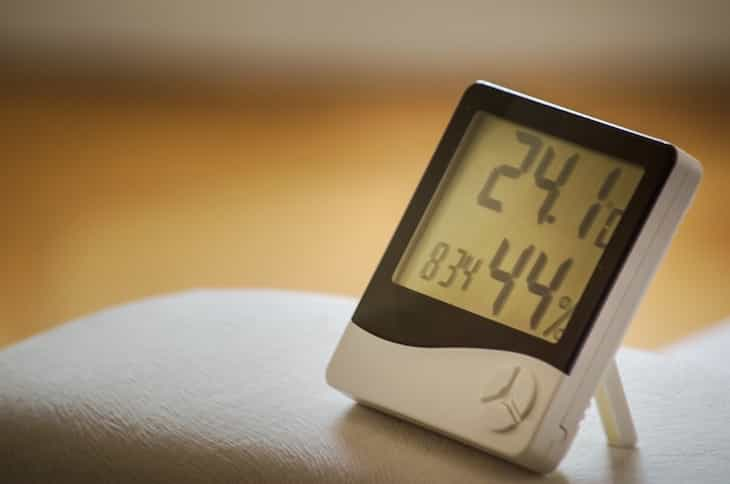In winter, lots of houses feel wet or humid - and it's not always a great thing.
If you don't want your house to feel wet or become moldy, then you should do something!
Here are a few tips that might help you.

Ventilation
Ensure proper ventilation by using exhaust fans in bathrooms and kitchens.
This helps to reduce excess moisture generated from daily activities.
Dehumidifiers
Invest in a dehumidifier to extract moisture from the air.
Place it in damp-prone areas such as basements or rooms with poor ventilation.
Air Circulation
Improve air circulation by using fans to keep the air moving.
Stagnant air can contribute to moisture buildup, especially in corners and closed spaces.
Sealing Leaks
Inspect windows, doors, and any potential entry points for leaks.
Seal any gaps or cracks with weather stripping or caulk to prevent cold air from entering and condensation from forming.
Insulation
Ensure your home is adequately insulated.
Proper insulation helps maintain consistent indoor temperatures, reducing the likelihood of condensation on surfaces.
Heating
Maintain a consistent and moderate indoor temperature.
Sudden temperature fluctuations can lead to moisture condensation on cold surfaces.
Use Moisture-Absorbing Materials
Place moisture-absorbing materials like silica gel or moisture-absorbing packets in closets or areas prone to dampness.
Check for Water Leaks
Inspect the house for any water leaks or plumbing issues.
Leaks can contribute significantly to excess moisture, especially in hidden areas.
Open Windows on Dry Days
When weather conditions permit, open windows on dry days to let fresh air in and allow moisture to escape.
Monitor Indoor Plants
Limit the number of indoor plants if you have them, as they release moisture into the air.
Be mindful of their watering needs to prevent excess humidity.
Recently, we talked about cleaning powder.













